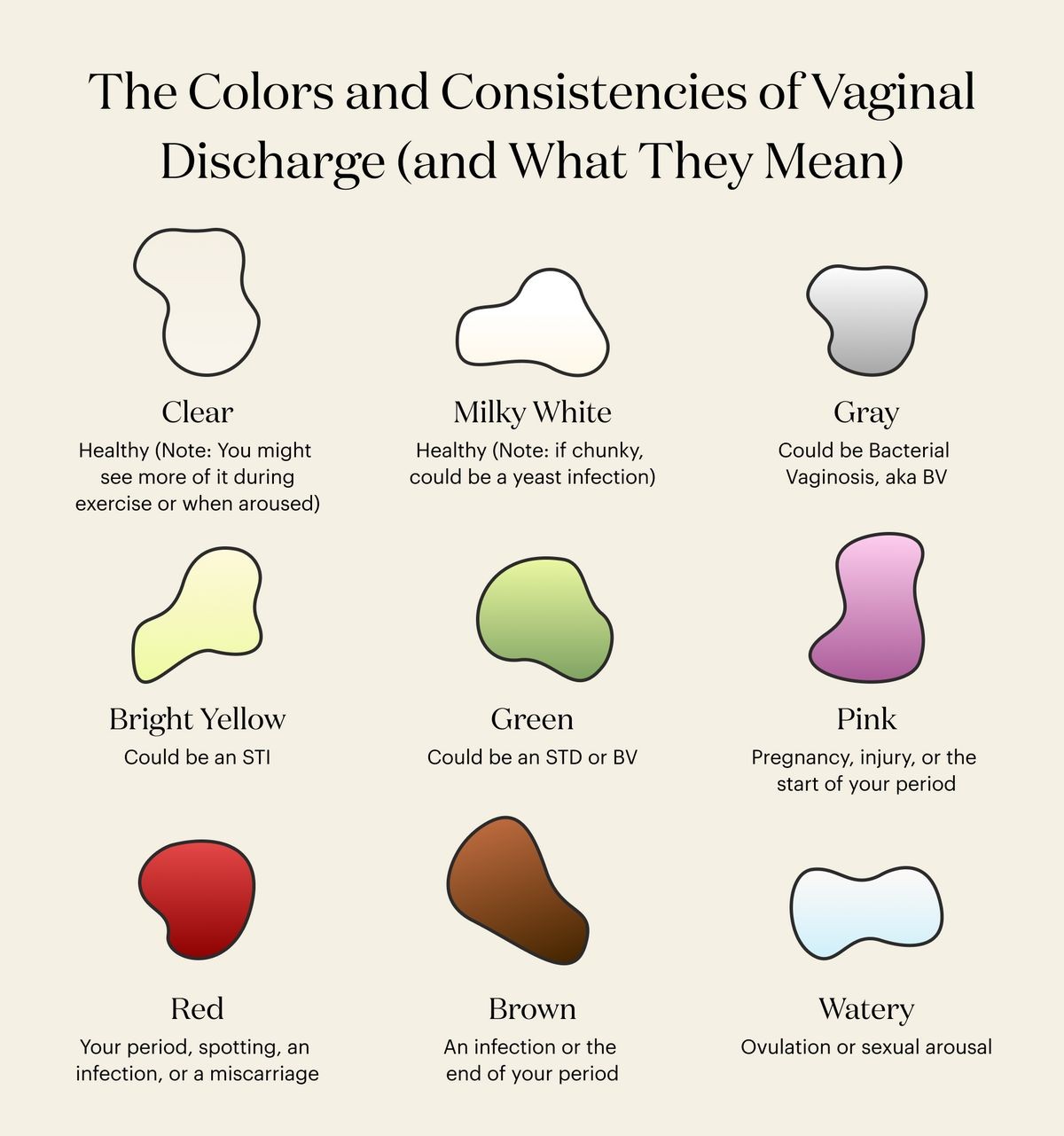
Contents
How to Get Rid Of Yellow Discharge?
Normal vaginal discharge helps keep the vagina clean by flushing out bacteria. However, yellow discharge with a fishy smell can be a sign of an infection.
Vaginal discharge is a mixture of mucus and vaginal secretions that helps maintain vaginal cleanliness. While it’s normal to have discharge throughout the menstrual cycle, certain types of discharge can indicate a health issue.
If you have yellow discharge accompanied by a fishy smell, it may be a sign of a bacterial or sexually transmitted infection.
How to Identify Normal and Abnormal Discharge
You can determine whether your discharge is normal or abnormal by considering the following factors:
- Any changes in the amount, color, smell, or consistency of the discharge
- Irritation, itchiness, or burning in or around the vagina
Paying attention to these signs can provide insight into your body’s condition. However, it’s important to consult a doctor for a professional evaluation.
Causes of Yellow Discharge
Yellow discharge can be caused by various factors, some of which are associated with more serious health problems:
Pre-menstruation: Just before your period, an increase in mucus mixed with small amounts of menstrual blood can result in yellow discharge.
Infection: Normally, vaginal discharge should be clear or milky and odorless. Yellowish discharge with a foul smell may indicate an infection.
Bacterial vaginosis: A yellow or grayish color accompanied by a fishy odor could be indicative of bacterial vaginosis. This condition can be caused by factors such as douching, smoking, or multiple sexual partners.
Yeast infection: Yeast infections, more common during pregnancy, can cause yellow discharge.
Menopause: The amount of yellow vaginal discharge may increase during menopause due to decreased mucus production and thinner vaginal walls, making women more susceptible to infections.
Other Risk Factors of Yellowish Discharge
Yellow discharge can also be associated with:
Common STIs: Gonorrhea and chlamydia, two common sexually transmitted infections, may cause yellow discharge resembling pus.
Pelvic Inflammatory Disease (PID): Resulting from untreated gonorrhea or chlamydia, PID can lead to yellow discharge with a strong odor. Untreated PID can cause permanent damage to the reproductive organs.
Trichomoniasis: This sexually transmitted infection, caused by a parasite, often results in frothy or yellow discharge with a fishy smell.
Cervicitis: Inflammation of the cervix due to bacterial overgrowth, an STI, or an allergic reaction can cause large amounts of yellow, pus-like discharge with an unpleasant smell.
Vulvovaginitis: Irritation or inflammation of the vaginal lining can lead to yellow discharge, accompanied by redness, pain, and odor.
Early pregnancy: Yellow discharge during early pregnancy, especially if thick and odorous, may indicate an infection.
Cervical cancer: Caused by Human Papillomavirus (HPV), cervical cancer can result in watery, thick, bloody yellow discharge with a foul smell.
Diagnosis
To diagnose the cause of yellow discharge, your doctor may ask about the onset, color, odor, sexual activity, and personal hygiene habits. They may also take a discharge sample or perform a pap test.
QUESTION
How to Prevent Yellow Discharge
While normal vaginal discharge doesn’t need to be prevented, it’s normal for the discharge in your underwear to turn yellow due to contact with air.
To prevent abnormal yellow discharge, follow these precautions:
Avoid douching: Douching can disrupt healthy vaginal bacteria and increase the risk of infections.
Avoid scented products: Feminine scented products like soaps, tampons, pads, and sprays can irritate the vagina and disrupt healthy bacteria.
Maintain vaginal hygiene: Keep your genitals clean and dry to reduce the risk of infections.
Wear cotton underpants and avoid tight clothes: Cotton underwear and loose clothing promote dryness and airflow to the genitals.
Use protection: Using condoms during sex helps protect against STIs and unplanned pregnancy.
Know your partner: Ensure both you and your partner have been tested for STIs before engaging in sexual activity.
Avoid hot bathtubs: Bubble baths can increase the risk of infections leading to abnormal discharge.
Treatment of Yellow Discharge
The treatment and recovery of yellow discharge depend on the cause and severity of the infection. Treatment may involve medication such as creams or antibiotics, which should be completed as per the doctor’s instructions. Maintaining proper hygiene can support faster recovery.
If you experience abnormal discharge, foul odor, abdominal pain, exposure to an STD, or fever, consult your doctor.
During treatment, avoid sexual intercourse, wipe from front to back after using the toilet, and avoid using tampons if prescribed a cream.
Conclusion
Yellow discharge can have various causes. It’s important to prioritize personal health and seek medical attention if you experience yellow discharge lasting more than one day, itching, or a burning sensation around the genitals.
Sources: American Academy Of Family Physicians, eMedicineHealth, LetsGetChecked, Medicover Hospitals, Monistat, Nationwide Children’s Hospital, National Health Services, Sutter Health


